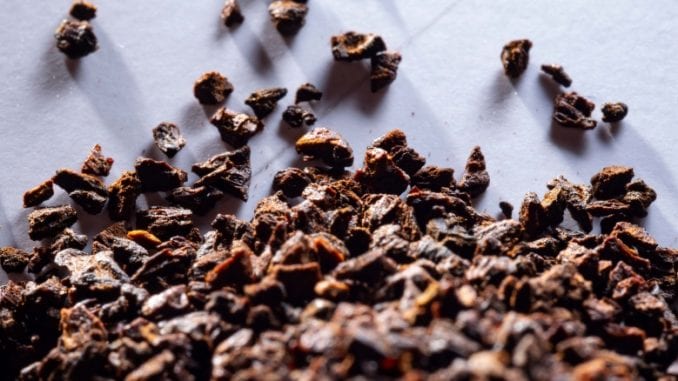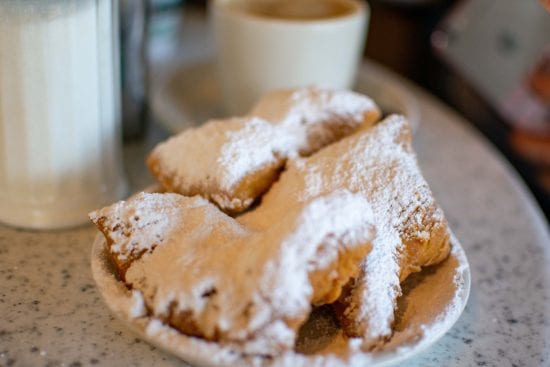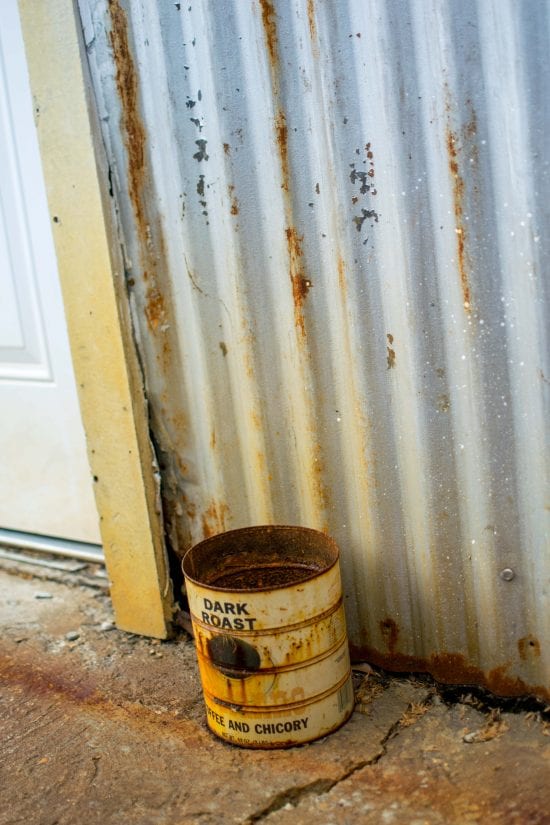
We continue our exploration of coffee drinks around the world by delving deeper into chicory—once a substitute for coffee, and now the defining ingredient of New Orleans-style coffee.
BY SANDRA ELISA LOOFBOUROW
SPECIAL TO BARISTA MAGAZINE
Photos by Evan Gilman
Lately, I’ve been writing about how people dress up their coffee in various parts of the world, like Mexico and Senegal, as well as how people consumed caffeine before the advent of roasting. (Spoiler alert: It was kind of gross.) But what about when there is no coffee to be had? When people are pushed to the desperate edge of little-to-no caffeine, they’ll turn to just about anything that looks and tastes vaguely like the brown brew they’re hankering for. Previously, I explored chicory, a root often used in place of or mixed with coffee, and today we continue to investigate chicory’s evolution through history and its modern place in coffee.
Part II: Chicory and the U.S. Civil War
The story of how chicory became entrenched in the American South involves another economic power struggle—this one known as the Union blockade, a naval strategy introduced by Lincoln and the Northern states to prevent the Confederacy from trading. This tactic involved monitoring about 3,500 miles of coastline, including 180 ports of entry, making it the largest blockade ever attempted. The strategy was effective in that it stifled the Southern economy, with cotton exports falling a staggering 95 percent and suffocating the Confederacy’s access to hard currency. North Americans, whether Union or Confederate, already relied heavily on coffee as a daily staple, and the lack of caffeination weighed heavily on the blockaded confederates: “… if it cannot be said that coffee helped Billy Yank win the war, it at least made his participation in the conflict more tolerable.”
In the absence of the precious caffeinated bean, soldiers were forced to try rather unpleasant innovations. Chicory was far from the only alternative used to imitate or stretch coffee rations: acorns, corn, parsnips—really anything that could be roasted and ground—was used as a substitute in desperate times.

After the blockade was lifted and the Union restored, most places went back to using pure coffee in their morning cup. One notable exception is of course New Orleans, where people continued to doctor their coffee with chicory along with cream and sugar. Coffee drinking became embedded in the culture of that city, and the coffee break was an essential part of all business affairs. Nowadays, there is a fair rivalry between the few remaining institutions, all well over a century old, with locals staunchly defending their favorite vendors.
Part III: Chicory in Modern Times
The Civil War was not the last time people were forced to use chicory with or in place of coffee; references to this beverage come up again during the trying times of the Great Depression in the U.S. and during the extreme scarcity of WWI in Great Britain. It resurfaced in a lesser-known event called the “East German coffee crisis” in 1976, when a confluence of black frost in Brazil and global oil shortages came together to nearly quadruple the cost of coffee in East Germany. Germans had a strong tradition of drinking coffee, and several substitutes entered the market in the face of such extreme shortages. One common option was a brew that included 51 percent real coffee, 49 percent various fillers, notably chicory, rye, and sugar beet, which was given the unfortunate name of Mischkaffee.

Like the other recipes and ingredients I’ve written about in this series, chicory allows us a window into a unique history of how people have incorporated coffee into their lives, and how it has participated in their culture throughout centuries.
 ABOUT THE AUTHOR
ABOUT THE AUTHOR
Sandra Elisa Loofbourow is the tasting room director at The Crown: Royal Coffee Lab & Tasting Room. Her experience as a Spanish/English interpreter, working in kitchens, and teaching Argentine tango all influence and inform her approach to coffee. Sandra has been a barista, roaster, and green buyer for several companies in the Bay Area. She’s a certified Q Grader, and at Royal she does brew experimentation, coffee analysis, and creates inventive drinks. She’ll be heading up the Tasting Room at the Crown in Uptown Oakland, serving fascinating coffees and delicious education to consumers and professionals alike.

